Carrot cake is a study in balance. Moist but not greasy, spiced but not overpowering, rich yet not cloying. At its best, it is a masterpiece of texture and flavour, where every ingredient plays a role in creating something greater than the sum of its parts. At its worst, it can be an overly sweet, dense lump of cake, weighed down by excess sugar and drowned in frosting.
A truly exceptional carrot cake should be deeply flavoured, texturally dynamic, and crowned with a frosting that enhances rather than overwhelms. So what separates a forgettable slice from one worthy of a Michelin-starred patisserie? Our classic cult carrot cake recipe is available here but let’s break it down further.

Carrots – The Unsung Hero
Carrots bring more than just moisture. They contribute natural sweetness, structure, and a subtle earthy depth that makes carrot cake unique. But not all carrots are created equal.

How to Maximise Carrot Flavour
- Choose the right variety: Nantes or baby carrots are sweeter and more tender than standard supermarket varieties.
- Grating vs. Purée: Opt for grated over puree. Grating removes some of the excess moisture from the carrots whereas puree retains all of it which weighs down the cake.
- Caramelisation: Lightly roasting or steaming the carrots before adding them to the batter intensifies their natural sugars.
Pre-shredded bagged carrots won’t cut it - they lack moisture and taste like chip board. Freshly grated carrots make all the difference.

Sweetness – Layered, Not Overpowering
Carrot cake should be naturally sweet, not sugar-laden. The key is to enhance its inherent sweetness while adding depth and complexity.
How to Refine Sweetness
- Use brown sugar: Brown sugar contains a caramel-like depth of flavour that's enhanced by the addition of carrots.
- Incorporate natural sweeteners: Honey or maple syrup adds nuance and rounds out the cake’s sweetness.
- Balance with salt: A pinch of flaky sea salt enhances contrast and prevents the cake from tasting one-dimensional.
The goal is to create a cake that tastes naturally sweet rather than overwhelmingly sugary.

Spice – The Art of Warmth and Depth
Carrot cake should be fragrant and warm, but too much spice can smother the other flavours. Instead of relying on cinnamon alone, layering a combination of spices creates a more complex flavour profile.
Perfecting the Spice Blend
- Toast the spices: Gently warming cinnamon, nutmeg, and ginger in a dry pan unlocks their full potential.
- Infuse the fat: Letting the spices steep in melted butter or oil ensures even distribution throughout the cake.
- Brighten with citrus: A touch of orange or tangerine zest lifts the spice blend and keeps it from feeling heavy.
A well-balanced carrot cake should feel warm and aromatic without being overly spiced territory.

Fat & Flour – The Key to Moisture and Structure
Carrot cake’s richness comes from its fat content, but choosing the right mix of fats and flours is crucial for achieving the perfect crumb.
Getting the Texture Right
- Choose the right oil: Any neutral oil will do. But cold-pressed rapeseed or walnut oil provides richness while complementing the spices.
- Use alternative flours: Replacing a portion of plain flour with rye or whole wheat flour introduces a subtle nuttiness and interesting texture.
This combination results in a cake that is moist but not oily, structured but not dense.

Acid and Air – Lifting the Cake
Carrot cake is often dense, but small tweaks can introduce a tender, lighter and more refined crumb.
How to Create the Perfect Lift
- Incorporate buttermilk or Greek yoghurt: A touch of acidity tenderises the crumb and balances sweetness.
- Oil vs Butter: An oil based recipe yields a lighter and loftier cake sponge.
These small changes prevent the cake from feeling too heavy while preserving its signature moisture.
Nuts & Raisins – Enhancing Texture and Flavour
Adding walnuts, pecans, or raisins can elevate carrot cake, but only if they contribute more than just bulk.
How to Improve Mix-Ins
- Soak raisins in rum or spiced tea: This keeps them plump and prevents them from pulling moisture from the cake.
- Toast the nuts: Lightly toasting walnuts or pecans before incorporating them enhances their nutty flavour.
Each ingredient should add a layer of complexity, not just extra chew.
Cream Cheese Frosting – The Perfect Counterpoint
A good carrot cake is nothing without its frosting. But too often, cream cheese frosting is either too sweet or too thick.
How to Elevate the Frosting
- Use less sugar: Too much icing sugar makes frosting grainy. Reducing it allows the cream cheese to shine.
- Blend with mascarpone: Mascarpone creates a silkier, more luxurious texture.
- Add acidity: A splash of lemon juice or white balsamic vinegar balances the richness.
- Swiss meringue buttercream: Light and airy and naturally lower in sugar, SMBC flavoured with cream cheese is a great option. Find our SMBC recipe here.
The best frosting should be creamy, tangy, and just sweet enough to enhance the cake.
Serving & Storage – The Final Touches
Carrot cake improves as it rests, allowing the flavours to develop.
- Let it mature: Allow the cake to rest overnight for the best texture.
- Serve at room temp: Cake is softest at room temp.
- Pair with: A spiced chai or citrusy black tea to complement the warmth of the cake.
The Ultimate Carrot Cake Formula
- Flavour: Carrots, brown sugar, warming spices, and a hint of citrus.
- Texture: Moist yet structured, light yet rich.
- Mix-Ins: Optional, but optimised - rum-soaked raisins, toasted nuts.
- Frosting: Tangy cream cheese, lightly sweetened, smooth and silky.
- Serving: Best after resting, at room temp, with a spiced tea.
Final Thoughts – Carrot Cake, Refined
A truly exceptional carrot cake, when done right, isn't just a nostalgic comfort food - it's a refined dessert, worthy of a place in the world’s best patisseries.

And if you can't get around to making one from scratch you can always order a freshly made carrot cake from us, delivered directly to your door.




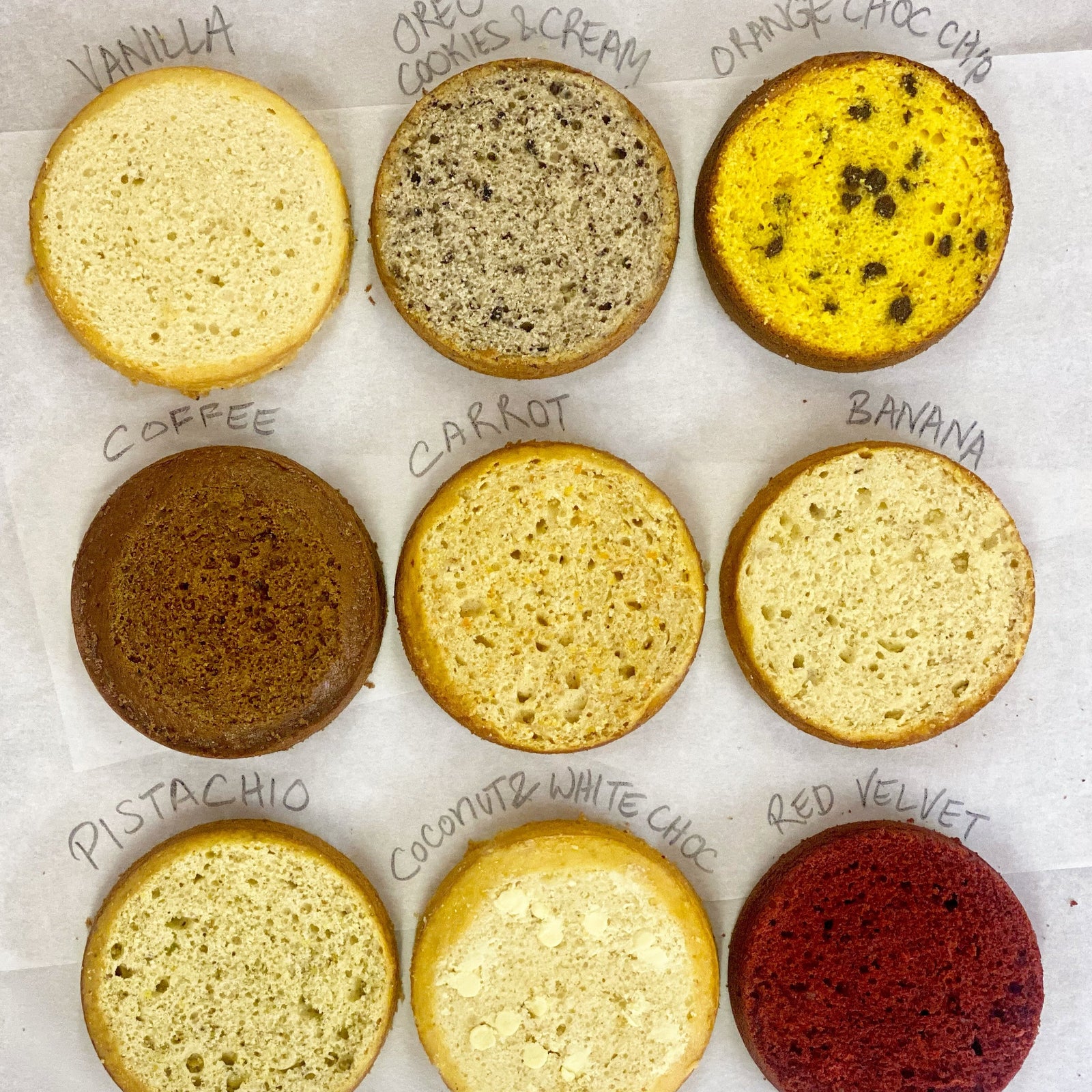
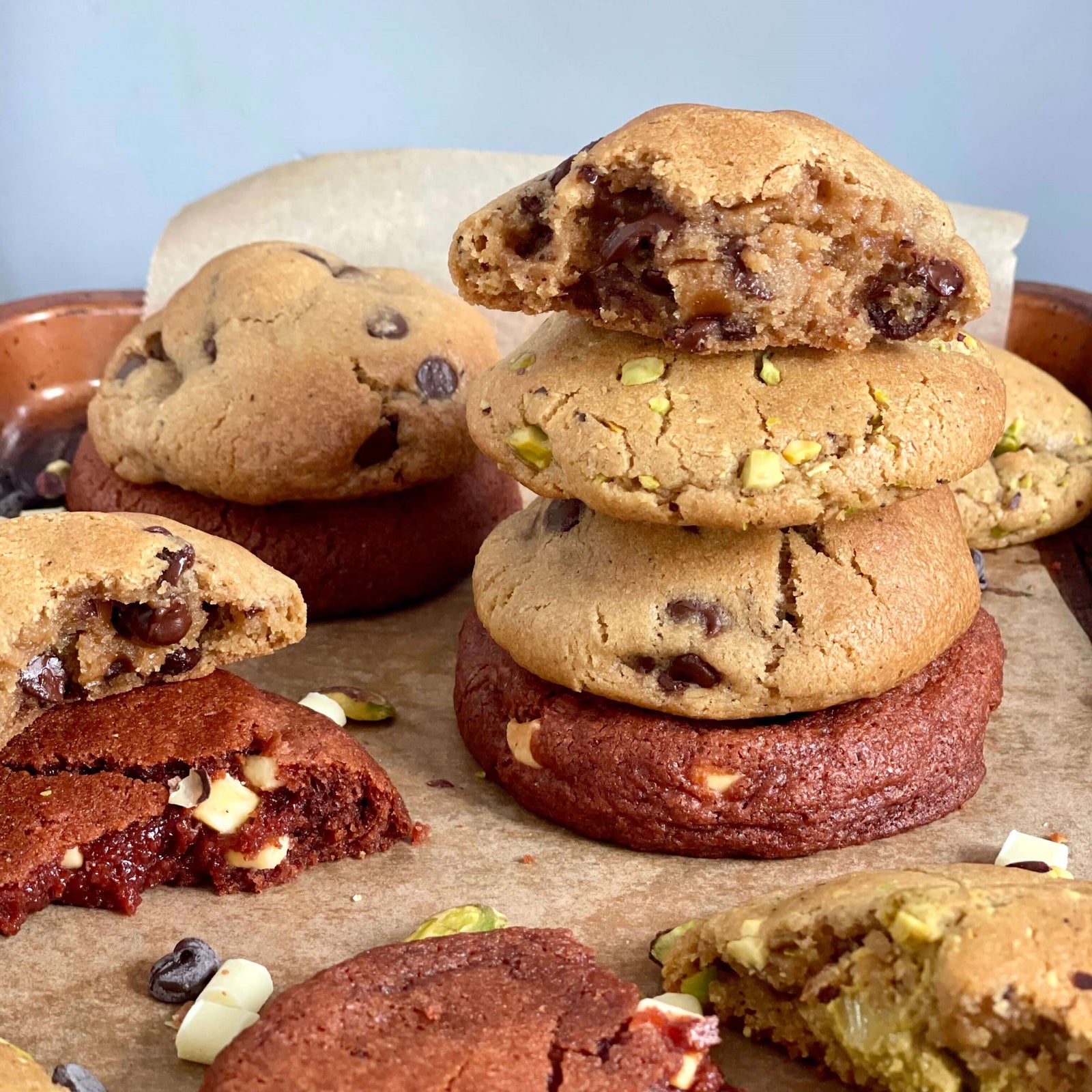


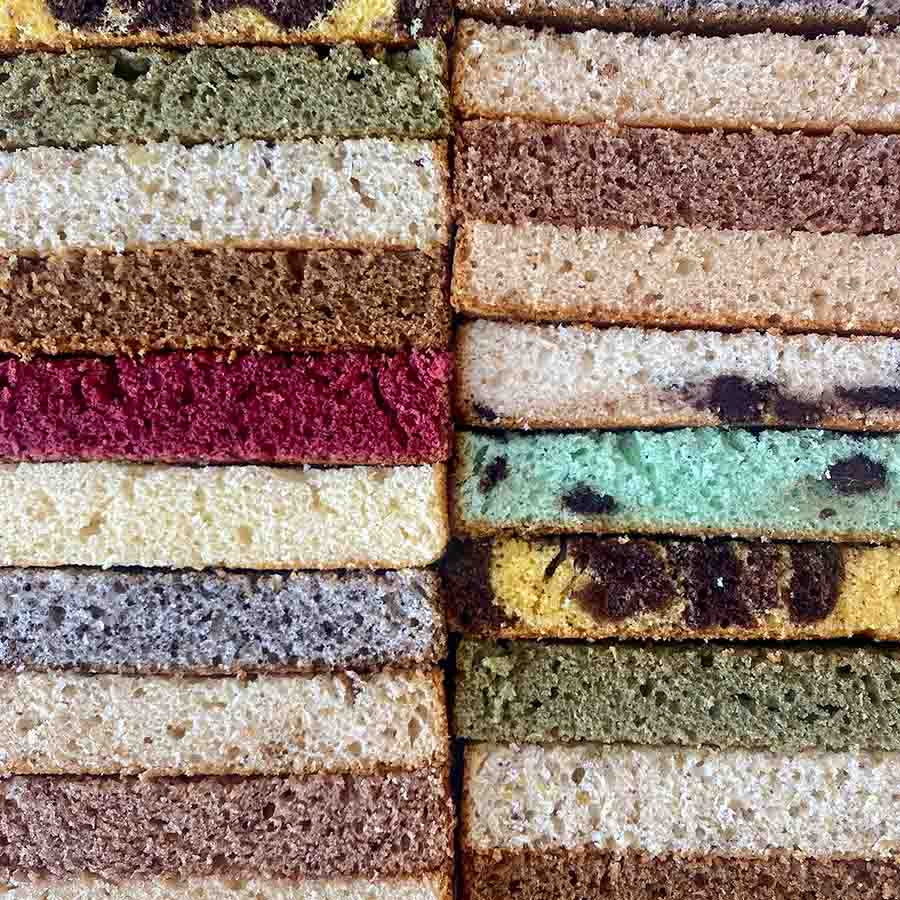


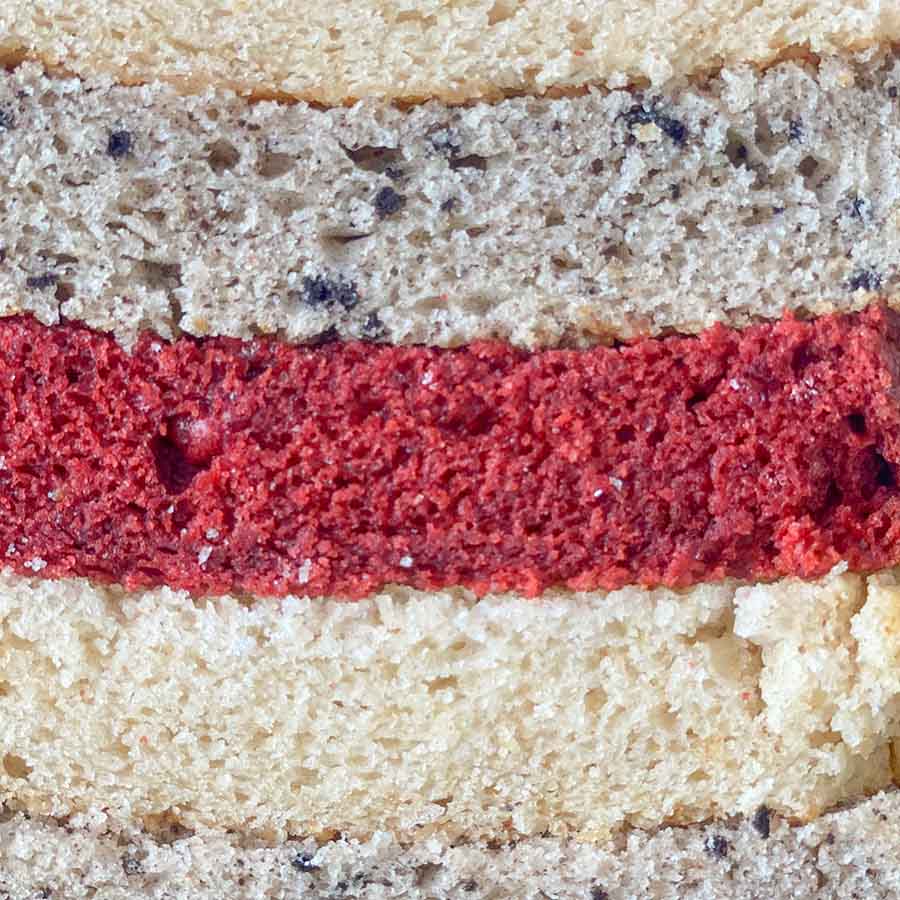

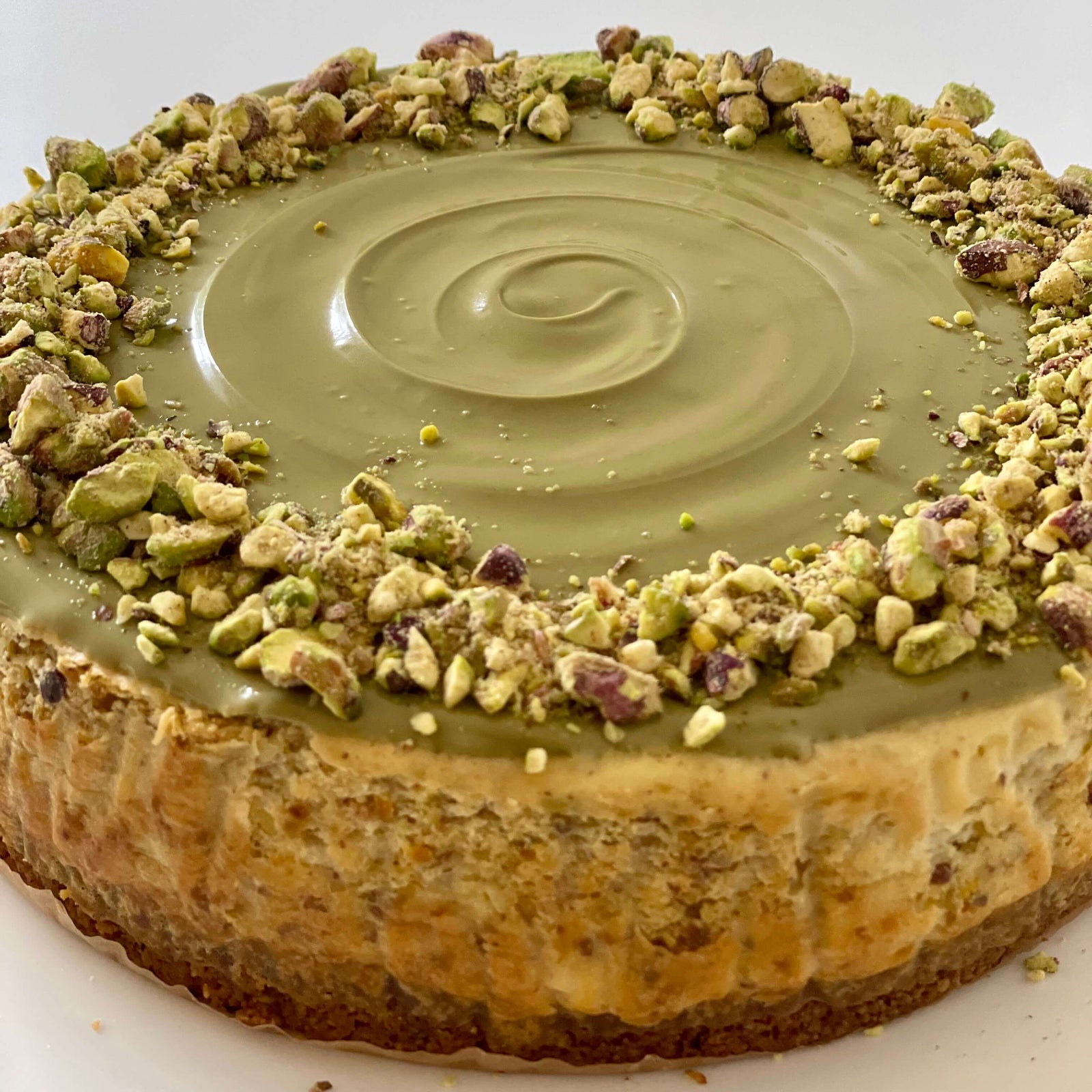
Leave a comment (all fields required)